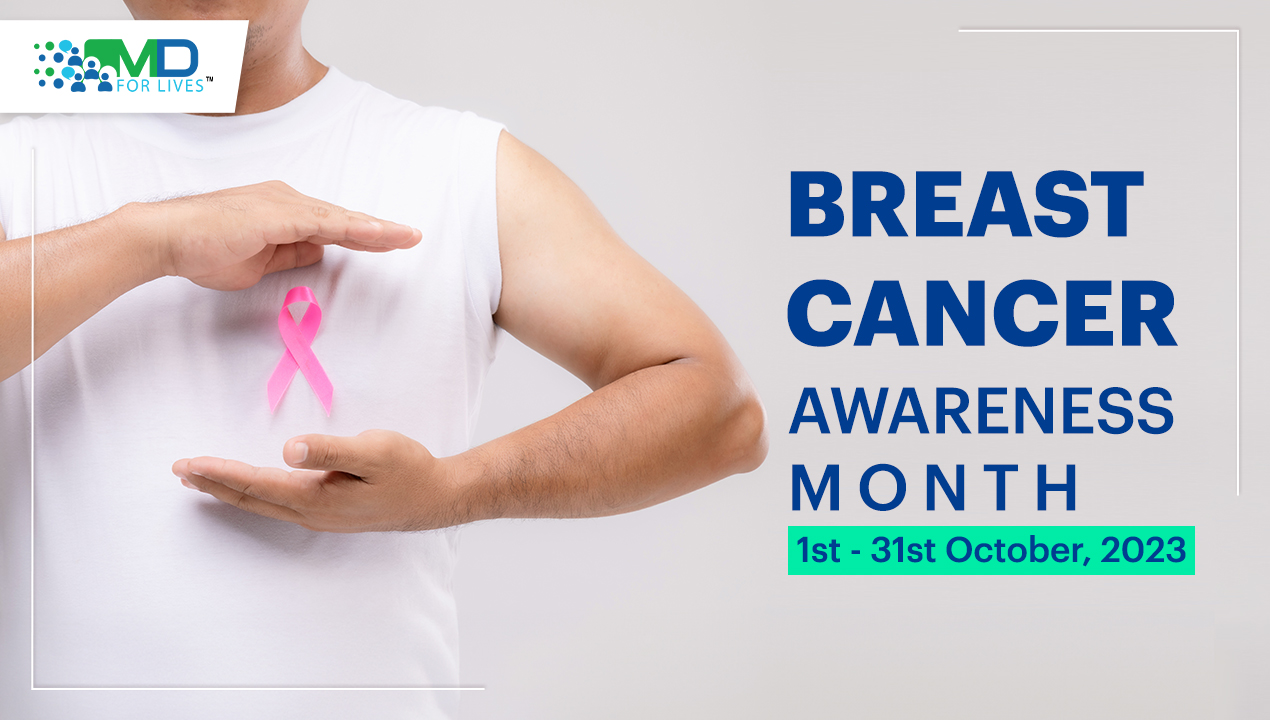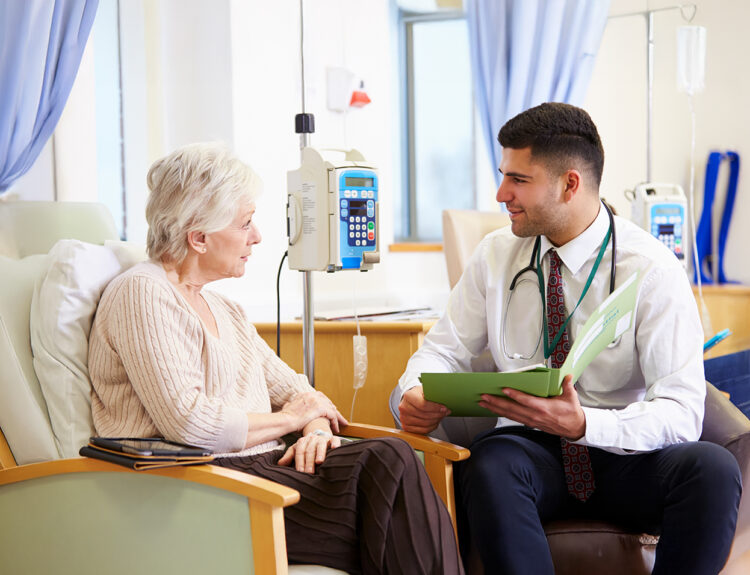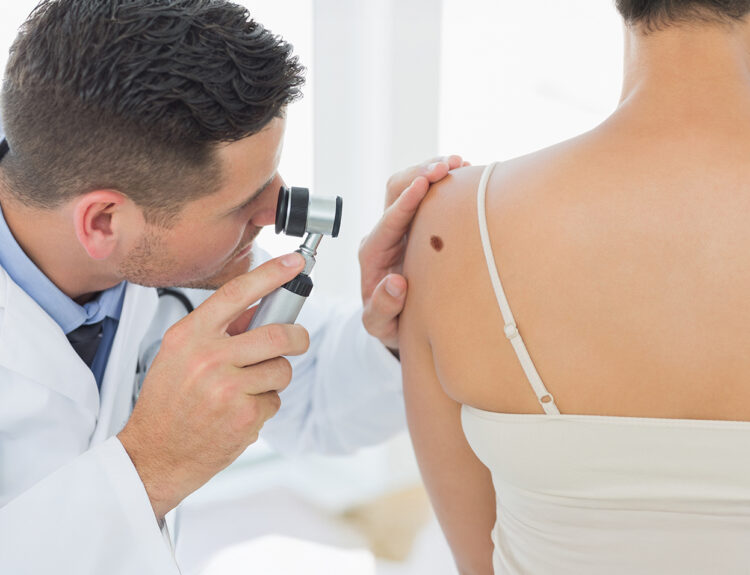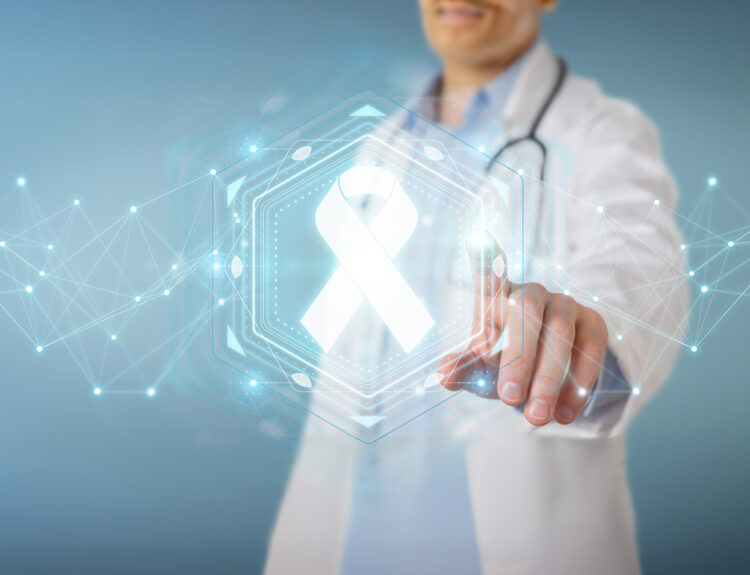When it comes to breast cancer, the images that flash right before your eyes are those of pink ribbons and health campaigns focusing on women who have survived this deadly disease. But believe us when we say, breast cancer can affect men too. Yes, you read that right. Fortunately, this disease doesn’t strike men as often as it does women, but male breast cancer should not be taken lightly, as it is a critical medical issue that deserves attention and awareness.
If you are an oncologist or a medical student aspiring to save millions of men suffering from breast cancer, you have landed on the right blog. Through this blog, we aim to provide a comprehensive guide for physicians on treating breast cancer in men, including statistics, risk factors, diagnosis, treatment options and support for patients. However, if you have already dealt with several cases of breast cancer especially among men, collaborate with us! Participate in our surveys or share your insights by sending us blogs, white papers and case studies, and unlock attractive rewards! At MDForLives, we are enthusiastic about disseminating your research work to enhance the healthcare sector worldwide.
Now, without further delay, let’s delve into the lesser-known aspects of cancer and equip healthcare providers like you with the knowledge to enhance their understanding and management of breast cancer cases in men. Let’s get started!
Male Breast Cancer: Know The Statics
To understand the seriousness of breast cancer in men, which often got concealed due to the spotlight that only shone on breast cancer in women, let’s start by examining some key statistics:
- Key Statistics 1: According to the American Cancer Society, the lifetime risk of a man getting breast cancer is about 1 in 833. The organization also estimated that in the year 2023, about 2,800 new cases of invasive breast cancer will be diagnosed and around 530 men will die from breast cancer.
- Key Statistics 2: While the incidence is significantly lower in men, the mortality rate is often higher due to delayed diagnosis. This emphasizes the importance of early detection and education.
In a recent study, researchers found that the 5-year overall male breast cancer survival rate was 77.6%, while women diagnosed with the same condition had a higher 5-year overall survival rate of 86.4%. - Key Statistics 3: Breast cancer can manifest at any age, although it predominantly occurs in men aged between 60 and 70 years.
Know the Risk Factors of Breast Cancer In Men
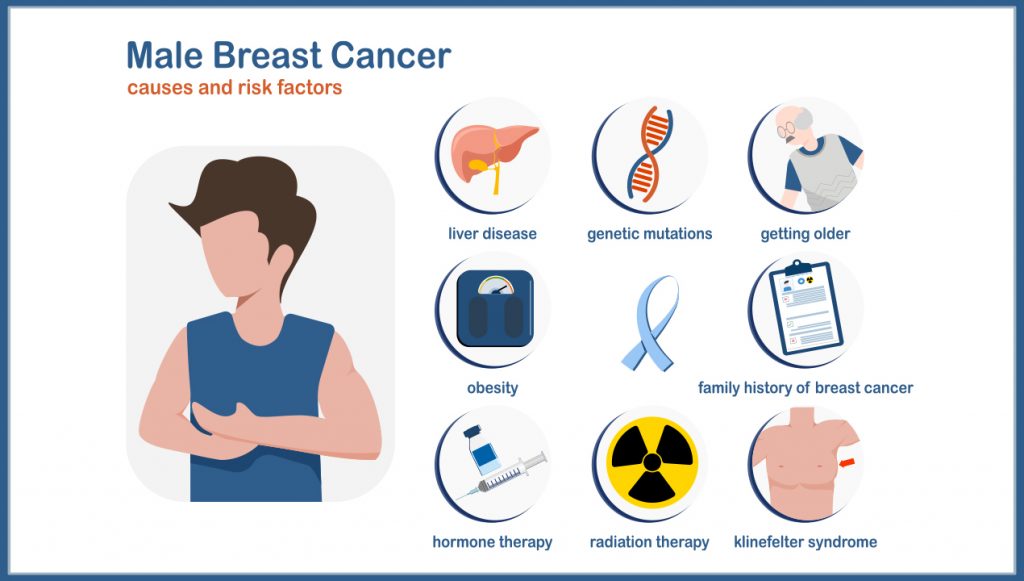
For oncologists, understanding male breast cancer causes or risk factors is crucial for early detection and prevention. If you are an oncologist or aspire to be one, here are certain things that you need to be aware of:
- Age: As mentioned earlier, the risk of breast cancer in men increases with age, with the majority of cases occurring in older men. Hence, when a patient (male) walks in, the first thing you need to pen down is his age.
- Family History: A family history of breast cancer, especially in close relatives like sisters, mothers or daughters, can increase a man’s risk. Therefore, it is essential for you to delve into your patient’s family health history.
- Genetic Mutations: According to an article in the National Center for Biotechnology Information Mutations website, the BRCA1 and BRCA2 genes, which are well-known risk factors for female breast cancer, also increase the risk for men. So, you need to get an idea of the patient’s genes.
- Radiation Exposure: When discussing a patient’s medical history, it’s important to inquire about any prior chest radiation treatment. This can increase the risk of breast cancer. Be sure to ask the patient about their exposure to radiation and how frequently it occurred, if at all.
- Hormone Imbalances: Certain medical conditions like – obesity, Klinefelter syndrome or liver disease, can disrupt the hormonal balance in the body and raise the risk of breast cancer in men. Therefore, it’s advisable to assess your patient’s hormone levels through testing or diagnostic examinations to ensure comprehensive care.
Diagnosis and Screening of Breast Cancer in Men
Diagnosing breast cancer in adult male involves several steps, including clinical examination, imaging and biopsy. Physicians should encourage men with symptoms like breast lumps, pain, nipple discharge or skin changes to seek immediate medical attention.
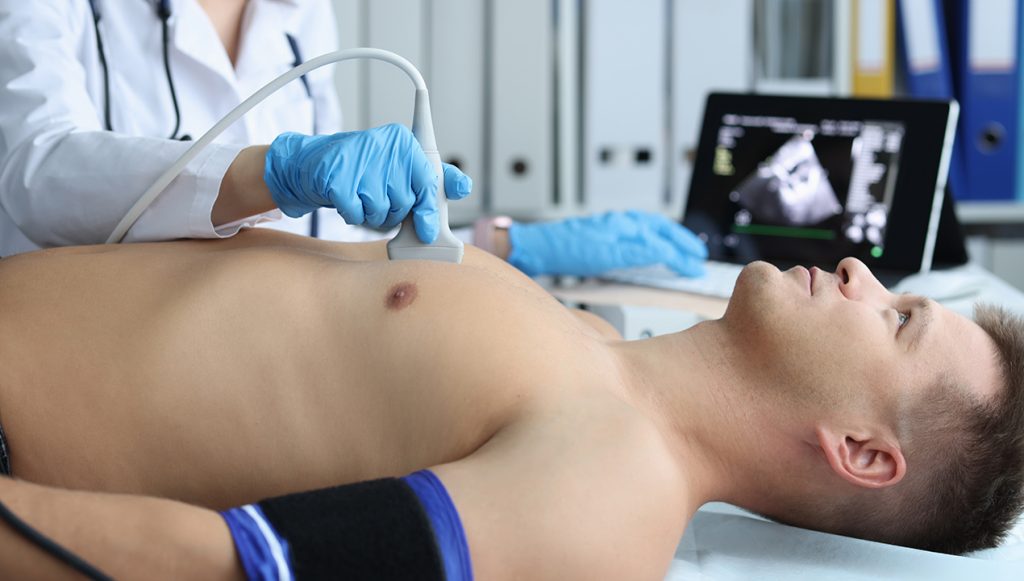
Please note: Mammography is less effective in men due to dense breast tissue, so ultrasound and MRI are often used for imaging.
Male Breast Cancer Treatment – The Kind of Options Available
Treatment for breast cancer in adult male is similar to that for women and depends on the stage and type of cancer. Options may include surgery, radiation therapy, chemotherapy, hormone therapy or targeted therapy.
Physicians should discuss treatment plans with their patients, taking into account individual factors and preferences.
Support for Male Patients Suffering from Breast Cancer

From the moment a patient learns of their cancer diagnosis and starts contemplating the formidable battle that lies ahead, they face both emotional and physical challenges. In these trying times, physicians hold a pivotal role in delivering crucial support.
Here are some ways they can fulfill this role effectively:
- Referring patients to support groups and counselors who specialize in cancer care.
- Encouraging open communication and addressing concerns regarding treatment, side effects and prognosis.
- Educating patients about survivorship care plans and the importance of follow-up care.
Concluding Remarks: Spread Male Breast Cancer Awareness!

While breast cancer in men may be uncommon, it is no less significant than its female counterpart. Physicians must be vigilant in recognizing breast cancer in men symptoms and risk factors, as early detection can significantly improve outcomes. By staying informed and offering comprehensive care and support, healthcare providers can empower their breast cancer patients (men) on their journey to recovery. Awareness, education and early intervention are the keys to overcoming this uncommon but important medical condition and increasing the cancer survival rate.
References:
- Key Statistics for Breast Cancer in Men
Source: cancer.org - After a Breast Cancer Diagnosis, Men May Be More Likely to Die than Women
Source: cancer.gov - Not Only Women But Men Can Too Have Breast Cancer
Source: careinsurance.com - BRCA1- and BRCA2-Associated Hereditary Breast and Ovarian Cancer
Source: ncbi.nlm.nih

MDForLives is a vibrant community of healthcare professionals and patients dedicated to shaping the future of healthcare. We provide valuable global insights to healthcare companies through online surveys, interviews, and discussion forums.

